VENEZUELAN CARNIVALS
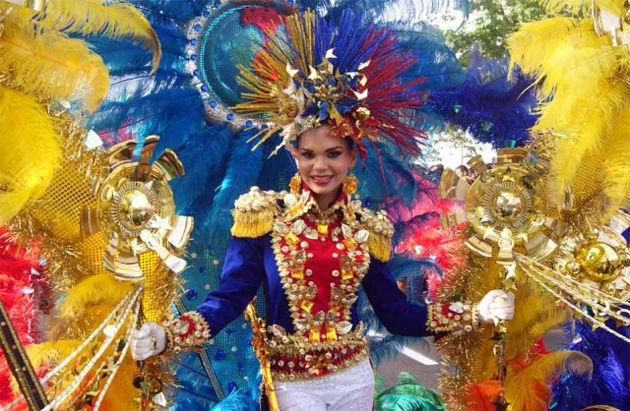
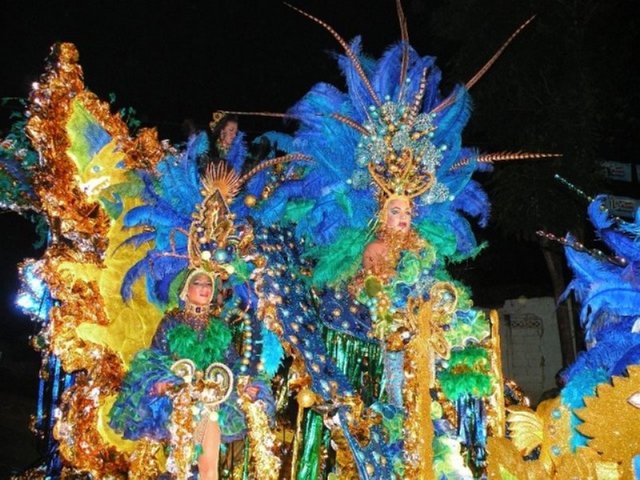
Carúpano carnivals have the classic character of dancing demons. The most famous in Carúpano is the «DIABLO Luis»also called «the first». The name refers to the creator of the Cumanian character Luis del Valle Hurtado, who had his beginnings in the carnival of the city of Cumaná. The subject that represents him has painted his body black and also has a trident with which he usually hits the passing people, while asking passers-by for a monetary collaboration, dancing to the beat of a drum.
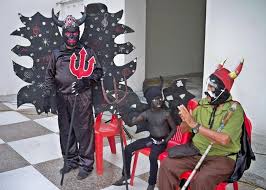
We can also enjoy the Carnival of El Callao (Bolivar State - Venezuela) is more than 120 years old and represents the fusion of the culture of the Caribbean people who settled in this town attracted by the gold mines.
They emphasize the "madamas" or afrodescendientes ladies, dressed in white suits, scarves of colors, big turbans and great amount of necklaces; the braids of the turbans have different meanings.
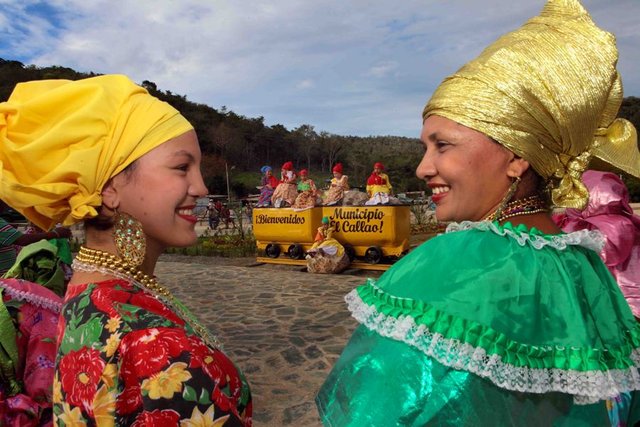
Other important characters are the "devils", adult or child figures dressed in red, blue or yellow that cover their heads with large masks full of horns, born of popular myths and criollo superstitions, in charge of protecting the comparsas.
The worker or worker is present in the "black painted half", who paint his body with tar or black paint and threaten to "paint" the passers-by unless they are given drink or money and the miners who with their pick, shovel and the "batea" or plate where the sand from the nearby rivers is purified to separate the golden granites.
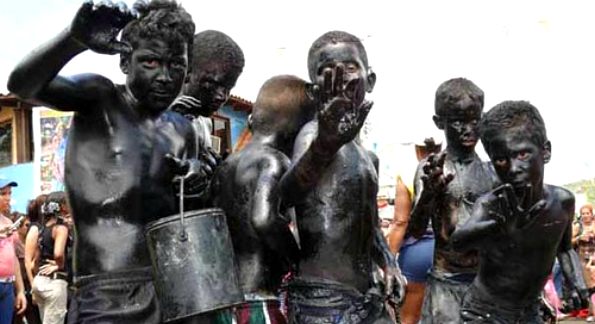
The music that moves the comparsas is the calypso, the exclusive rhythm of this city that is sung in patois: a mixture of English, Spanish and French, accompanied by percussion instruments like bum-bac and metallic drums.
In 2014, the El Callao Carnival was declared Cultural Heritage of Venezuela and since then work has been done to extend this recognition to the international scope through Unesco.
As always, I invite you to learn more about my beloved Venezuela and its rich history and customs. See you

Hola Paolaf, gracias por el aporte, ya te estoy siguiendo! Si me pudieras seguir sería genial,
Espero que agregues contenido pronto para leerte!
P.D. Te he dejado un merecido upvote! ^_^
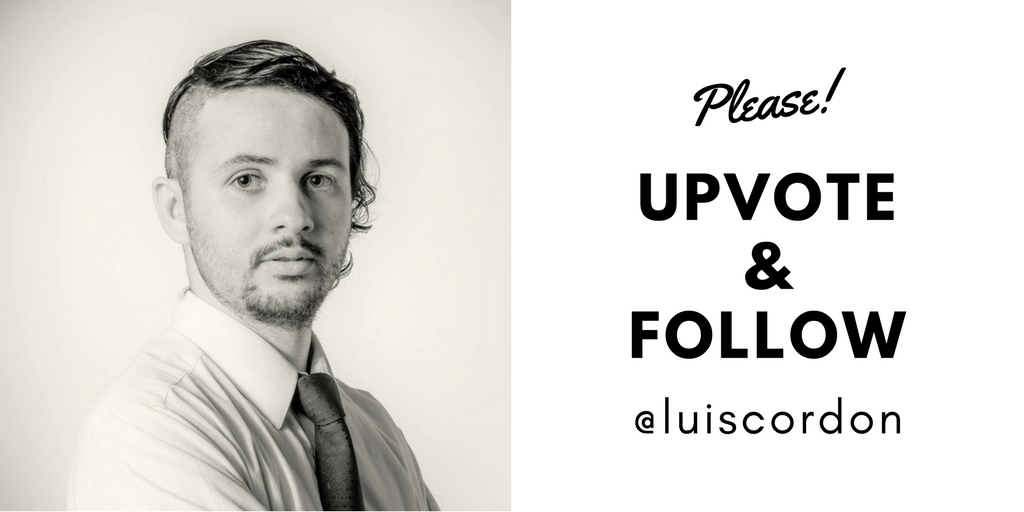
It’s very colorful and the costumes are amazing. We have kind of like this festival here in Cebu Philippines. Every third week of January.
It must be very nice, I would love to read a post about that festival @iwanderela
Some of the costumes kinda reflect Africa....Lovely
Certainly, Venezuela has a mixture of many races and more in the area of Callao @jerry815